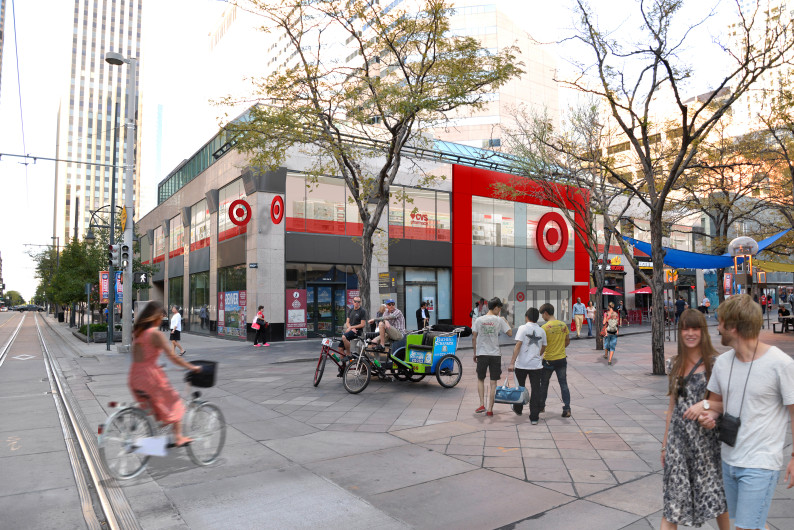On Target’s earnings call on Wednesday, CEO Brian Cornell expressed frustration about one particular challenge that contributed to Target’s fourth straight quarter of same-store sales declines.
“Consumer perception of value at Target hasn’t reflected how good our out-the-door prices really are,” Cornell said, explaining the Q1 comparable store sales decline in food and beverage and other essential items. We are working to “reestablish everyday price credibility on key items.”
Target, known for its cheap chic image and hip celebrity fashion partnerships including the April introduction of Victoria Beckham for Target line, is not immune to the broader challenges facing the retail sector. Among these challenges, Cornell said, is the shift in consumer preference towards experience, as opposed to material goods. That shift is absorbing a “meaningful portion” of consumer spending growth, he said.
But the more pressing issue for Target is that it is not top of minds for consumers when it comes to buying food, beverage and household essentials. While Target has made “meaningful” market share gains in apparel, Chief Merchandising Officer Mark Tritton conceded on the call market share trends in those essential categories “were more challenging.”
In another telling sign, food, beverage and other essentials categories saw their combined sales decline to 44% of Target’s total last year, down from 47% a year earlier, according to Target’s annual report. In comparison, larger rival Walmart US generated 56% of its sales last year from grocery and CPG items.
A Market Force Information study showed that when it comes to consumers’ perception of “value for money” in grocery shopping, Target was tied in 11th place, trailing Costco, Trader Joe’s, Walmart and Kroger.
Cornell vows to correct that perception and plans to invest not only in cutting prices on key items but also on marketing. Target in late Q1 debuted an ad campaign called Target Run featuring real life scenarios and calling out “everyday low prices” on essentials for customers’ quick fill-in trips.
“This work is very detailed and surgical,” Tritton said on the call, adding some of the changes may even result in additional sales pressure initially before the company sees benefit. “There isn’t a single solution across items and categories. More value in everyday price perception is a challenge in our food and beverage category.”
Target is also working with produce suppliers to reduce the time produce goes from fields to its distribution network and stores to improve freshness and in-stock level. It also hired “grocery experts” and is developing assortments tailored to local markets. Target also has hired Jeff Burt, a 30-year Kroger veteran and most recently president of Kroger’s Fred Meyer unit, to lead its grocery, fresh food and beverage business.
Online, Target is testing Target Restock to allow customers to fill a digital cart with dry groceries and other essential items for next-day delivery. Ecommerce was a company bright spot, with Q1 sales rising 22%.
Outside of the grocery and CPG aisles, the company is spending more than $7 billion over the next three years on areas from technology and supply chain to remodeling more than 600 of its existing stores and adding more than 100 new small format locations in cities and college campuses. Target is also introducing 12 exclusive in-house brands across various product categories the next two years.
Author: Andria Cheng

